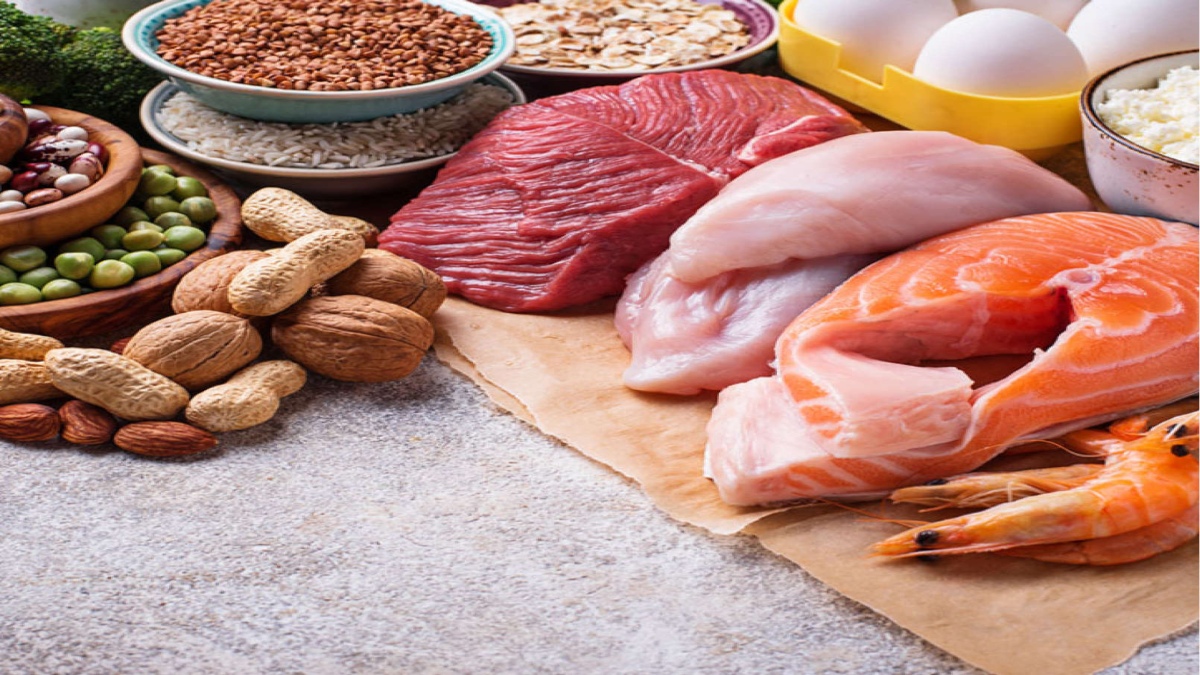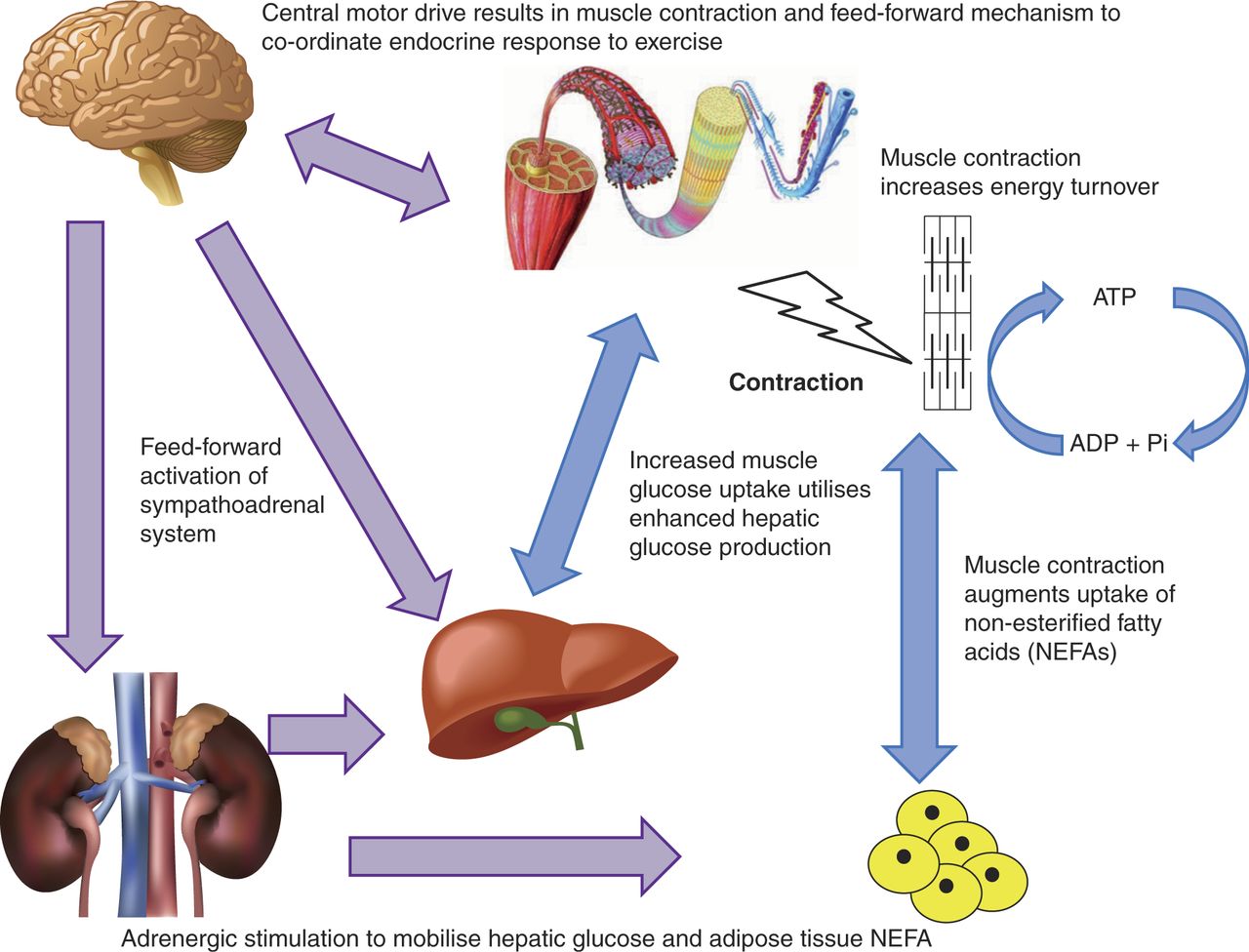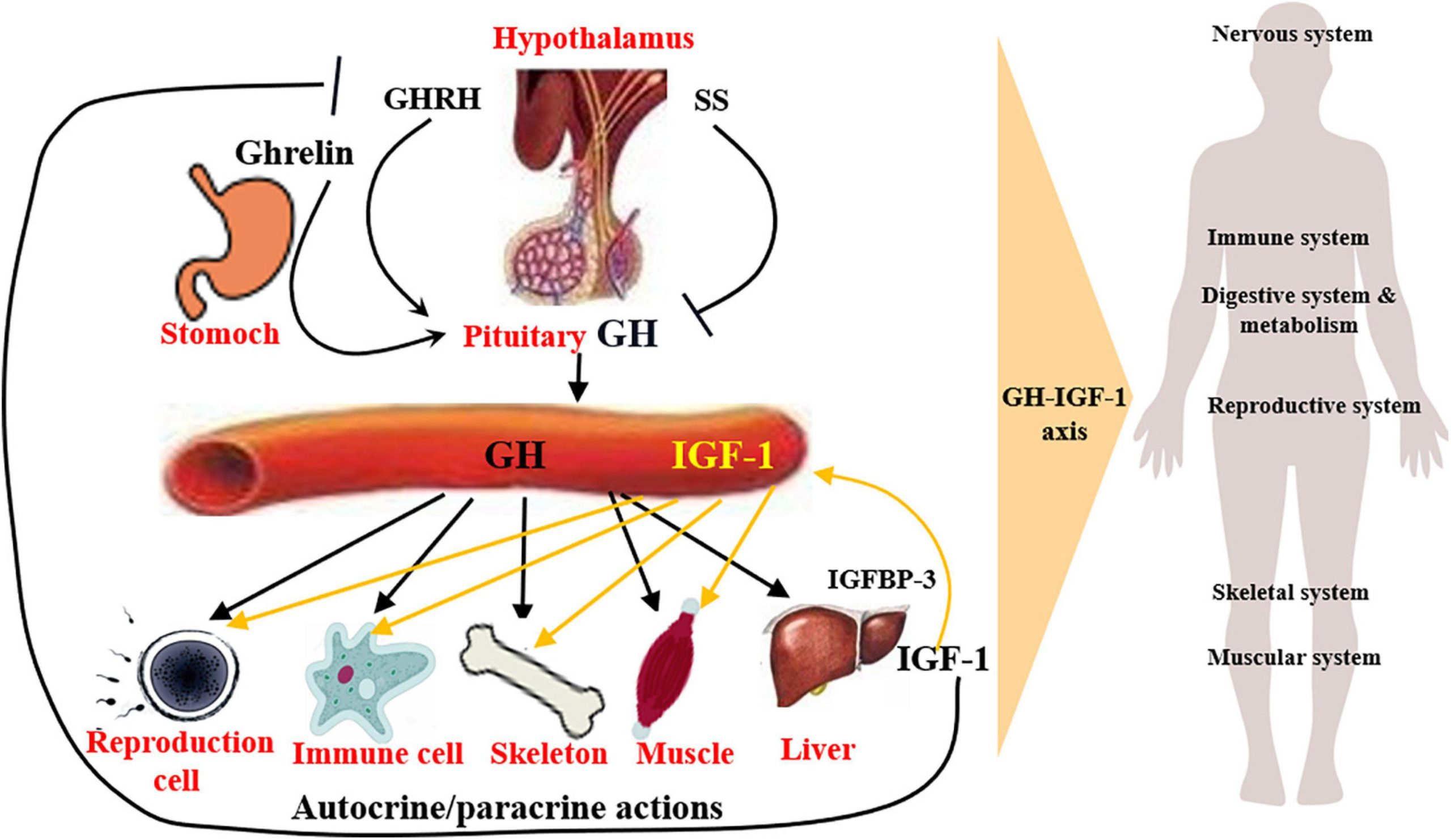Muscle hypertrophy refers to the process of increasing the size of individual muscle fibers. This leads to an overall increase in muscle size and strength. Making it a highly sought-after goal for many athletes and fitness enthusiasts. But how exactly does muscle hypertrophy occur? Let’s dive into the science behind muscle growth.
The Role of Resistance Training in Muscle Hypertrophy
Strength training, sometimes referred to as resistance training or weightlifting has a key role in triggering muscular growth. Our muscle fibers suffer little tears when we lift weights. As the body repairs these tears. It adds new protein strands to the muscle fibers, making them bigger and stronger. This is why it is so important to progressively increase the weight we lift. As it continually challenges our muscles to grow.

Resistance training is a key component. In promoting muscle hypertrophy or the increase in the size of muscle fibers. By exposing the muscles to challenging weights and progressive overload. Resistance training signals the body to adapt by building more muscle mass. This is achieved through the activation of muscle protein synthesis. Which leads to an increase in the number and size of muscle fibers.
- Advertisement -

Incorporating resistance training into a workout routine can have numerous benefits. Including improved strength, improved athletic performance, and reduced risk of injury. Resistance training can also increase muscle endurance. Allowing for more efficient and effective movement patterns.
Optimizing hypertrophy
To optimize muscle hypertrophy, it is important to use proper form and technique. And to progressively increase the weight used in exercises. Additionally, incorporating a variety of exercises and movements can help to target different muscle groups and ensure balanced development.
It is also crucial to consider nutrition. A diet rich in protein is necessary to support muscle growth and repair. Adequate rest and recovery are also important. As the muscle fibers undergo microtrauma during resistance training.
Overall, resistance training is a highly effective tool in promoting muscle hypertrophy. And should be a key component of any exercise program aimed at building muscle mass. Improving overall physical fitness.

In conclusion, resistance training, combined with proper nutrition, rest, and recovery, is crucial in achieving muscle hypertrophy. By incorporating these elements, individuals can effectively build muscle mass. Improve strength and athletic performance, and reduce the risk of injury.
The Importance of Protein for Muscle Hypertrophy
Protein is essential for muscle growth and repair. Because it offers the components for fresh muscular growth. It is advised that people practice resistance exercises. Protein intake should range from 1.6 to 2.2 grams per kilogram of body weight per day. As this will ensure that they are providing their bodies with the necessary resources for muscle growth. High-quality protein sources include chicken, fish, eggs, and dairy products.

Protein is an essential nutrient for building and repairing muscle tissue. Making it an important factor in promoting muscle hypertrophy. Or the increase in the size of muscle fibers. Amino acids are substances that proteins are made up of. These are used by the body to synthesize new muscle tissue. Supporting the repair and growth of existing muscle fibers.
During resistance training, the muscle fibers undergo microtrauma, which triggers the need for repair and growth. Consuming an adequate amount of protein after a workout helps to support this process, as the body uses the protein to repair and rebuild the damaged muscle tissue.
Scientific recommendation
To support muscle building, 1.6 to 2.2 grams of protein per kilogram of body weight should be consumed each day. This can be achieved through a diet that includes a variety of protein-rich foods, such as lean meats, dairy products, eggs, legumes, and plant-based protein sources.
Incorporating protein-rich foods into meals and snacks throughout the day, and consuming protein before and after a workout can help to ensure that the body has an adequate supply of protein to support muscle growth and repair.

In conclusion, protein plays a crucial role in promoting muscle hypertrophy, as it provides the building blocks necessary for the repair and growth of muscle tissue. To optimize muscle growth, it is important to consume an adequate amount of protein through a balanced diet and to include protein-rich foods in meals and snacks throughout the day.
Hormonal Response to Resistance Training and its Role in Muscle Hypertrophy
Hormones play a crucial role in inducing muscle hypertrophy. When we engage in resistance training, our bodies release growth hormones and testosterone, which stimulate muscle growth. Additionally, insulin-like growth factor (IGF-1) is released, which also contributes to muscle growth. These hormones signal the body to add new protein strands to the muscle fibers, leading to an increase in muscle size and strength.

The hormonal response to resistance training plays a significant role in promoting muscle hypertrophy, or the increase in the size of muscle fibers. When resistance training is performed, it triggers the release of hormones such as testosterone, growth hormone, and insulin-like growth factor 1 (IGF-1), which work together to support the growth and repair of muscle tissue.
Testosterone is a key hormone in promoting muscle growth, as it stimulates protein synthesis and the development of new muscle fibers. Growth hormone also plays a crucial role in promoting muscle hypertrophy, as it helps to regulate the breakdown and synthesis of protein, and supports the repair and growth of muscle tissue.
Important hormones
IGF-1 is another important hormone in promoting muscle growth, as it stimulates the growth and division of muscle cells, leading to an increase in the size and number of muscle fibers.
To optimize the hormonal response to resistance training, it is important to perform intense, challenging workouts that stimulate the release of these hormones. This can be achieved through progressive overload, which involves gradually increasing the weight used in exercises to provide a constant challenge to the muscles.

In conclusion, the hormonal response to resistance training plays a crucial role in promoting muscle hypertrophy. By triggering the release of hormones such as testosterone, growth hormone, and IGF-1, resistance training supports the growth and repair of muscle tissue, leading to an increase in the size and strength of the muscles. To optimize the hormonal response, it is important to perform intense, challenging workouts with progressive overload.
Rest and Recovery: The Forgotten Piece of the Muscle Hypertrophy Puzzle
While resistance training and proper nutrition are crucial for inducing muscle hypertrophy, it is also important to allow our muscles time to rest and recover. This is because it is during this time that the body repairs and strengthens the muscle fibers. It is recommended to allow at least 48 hours of rest between weightlifting sessions for the same muscle group, to ensure proper recovery and growth.
Rest and recovery are often overlooked as crucial components in promoting muscle hypertrophy, or the increase in the size of muscle fibers. However, they play a vital role in the muscle-building process and should not be overlooked.

During resistance training, the muscle fibers undergo microtrauma, leading to muscle damage and the need for repair. The repair and growth of muscle tissue occur during periods of rest and recovery, and without adequate time for recovery, the muscles may not be able to fully repair and grow.
Adequate rest and recovery also help to reduce the risk of injury, as they provide the body with time to heal and reduce the stress placed on the muscles. This allows for improved performance in subsequent workouts and reduces the likelihood of overtraining and burnout.
Tune out the recovery strategies according to your day
To optimize rest and recovery for muscle hypertrophy, it is important to allow for adequate time between workouts for the muscles to heal and recover. This can be achieved by alternating workout days with rest days, or by incorporating active recovery techniques, such as foam rolling or light cardio, into the recovery process.
Adequate sleep is also crucial for recovery, as it provides the body with time to repair and rebuild damaged muscle tissue. Aiming for 7 to 9 hours of sleep each night can help to ensure that the body has sufficient time to recover and support muscle growth.

In conclusion, rest and recovery are often-forgotten pieces of the muscle hypertrophy puzzle, but they play a crucial role in promoting muscle growth and reducing the risk of injury. By allowing for adequate time between workouts, incorporating active recovery techniques, and ensuring adequate sleep, individuals can optimize their rest and recovery, leading to improved muscle hypertrophy and overall physical fitness.
Putting it All Together: A Guide to Achieving Muscle Hypertrophy
To achieve muscle hypertrophy, it is important to engage in consistent and progressive resistance training, consume sufficient protein, and allow for proper rest and recovery. Additionally, it is important to listen to your body and adjust your training program as needed. This may mean adjusting the weight you lift, the number of reps and sets, or the frequency of your weightlifting sessions.
In conclusion, muscle hypertrophy is a complex process that involves a combination of resistance training, proper nutrition, and adequate rest and recovery. By understanding the science behind muscle growth, you can design an effective training program and achieve your muscle-building goals.


